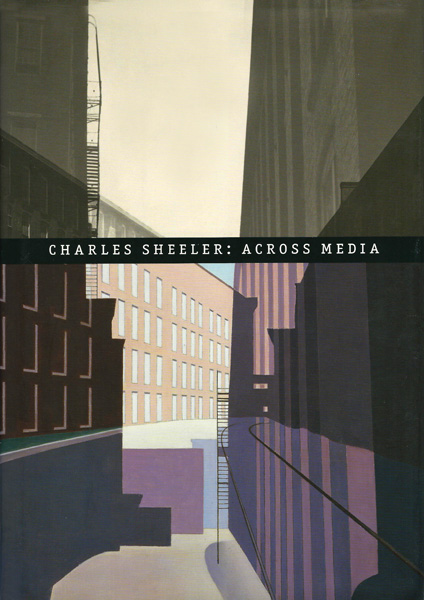National Gallery of Art (NGA), Washington.
Year: 2006
Texts: Charles Brock, Mariah Shay, Emma Acker
Publisher: University of California Press
225pp. | 30x21cm.
ISBN: 978-0520248724
Charles Sheeler (1883-1965) is recognized as one of the founders of American modernism and one of the master photographers of the twentieth century. His work is synonymous with precisionism, a crisp, clean, hard-edged style that reconciled cubist abstraction and the machine aesthetic of Marcel Duchamp with American subject matter. Trained in industrial drawing, decorative painting, and applied art at the School of Industrial Art in Philadelphia, Sheeler also attended the Pennsylvania Academy of the Fine Arts, where he learned an impressionistic, painterly style. He later embraced European modernism and taught himself photography. Sheeler fully absorbed the lessons of each discipline and forged his own singular approach. This beautifully illustrated book, created to accompany a traveling exhibition of Sheeler’s work, features detailed analyses of the artist’s mediums and working methods. Focusing on the complex, often paradoxical, relationships among photography, film, drawing, printmaking, and painting that were central to Sheeler’s art, this pathbreaking book traces critical points in Sheeler’s trajectory, beginning with a small selection of Sheeler’s seminal photographs, circa 1917, of the interior of an eighteenth-century Quaker fieldstone house in Doylestown, Pennsylvania. Sections are also devoted to the 1920 film Manhatta, made in collaboration with Paul Strand; a series of commercial photographs of the Ford Motor Company’s River Rogue factory (1927); the enigmatic painting The Artist Looks at Nature (1943) and its related works; and finally a group of mill subjects from the 1940s and 1950s that experiments with photomontage.
